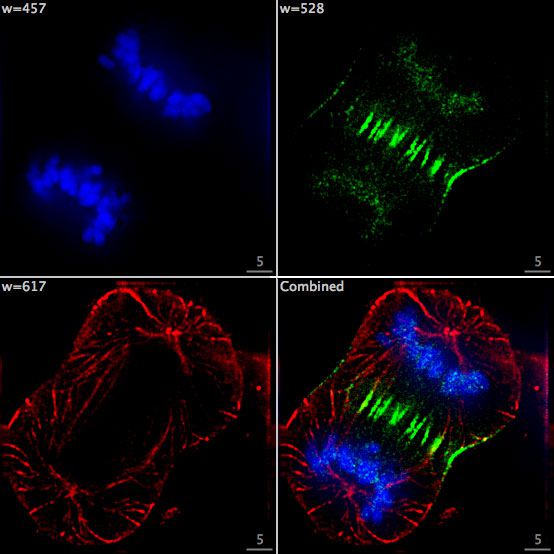-
 Antineoplastic
Antineoplastic
-
 Grizzly
Grizzly
-
 Acid
Acid
-
 Cervix
Cervix
-
 Auditory evoked potential
Auditory evoked potential
-
 Mars Global Surveyor
Mars Global Surveyor
-
 Chandrayaan-1
Chandrayaan-1
-
 Endosymbiosis
Endosymbiosis
-
 Stalactite form
Stalactite form
-
 Variability in heart rate
Variability in heart rate
-
 Diamond
Diamond
-
 Adrenal glands
Adrenal glands
-
 Xenopus laevis
Xenopus laevis
-
 Polyhaline water
Polyhaline water
-
 Complication
Complication
-
 Limestone
Limestone
-
 Criminal entomology
Criminal entomology
-
 Genetic pollution
Genetic pollution
-
 Soyuz
Soyuz
-
 Ares I
Ares I
-
 SPOT
SPOT
-
 Lagrangian point
Lagrangian point
-
 Cellular dolomite
Cellular dolomite
-
 Bearer service
Bearer service
-
 Triglycerides
Triglycerides
-
 Lymphoedema
Lymphoedema
-
 Papilio phorbanta
Papilio phorbanta
-
 Calciphile
Calciphile
-
 The Dumbbell nebula
The Dumbbell nebula
-
 Adware
Adware
Fluorescence microscope
The fluorescence microscope is one of the large family of light microscopes.
Fluorescence microscope technique
Fluorescence is the property that some bodies or molecules have of emitting a light after being excited by light of a higher energy. An object excited by a wavelength will therefore emit fluorescence at a higher wavelength.
The fluorescence microscope is therefore the same as a light microscope except that the light used is not white but has a defined wavelength range. However, in general the light reaches the specimen from above (epi-fluorescence) and not from below.
After emission, lasers with a single wavelength or excitation filters only allow light of the desired wavelength to pass onto the sample. After the sample has been excited, it then emits a light at a different wavelength. Filters can be used to study only the desired wavelength, i.e. the emission photons by blocking the excitation photons.
Use of the fluorescence microscope
The fluorescence microscope can be used to visualise objects which are naturally fluorescent (chlorophyl etc.) or molecules which have been made fluorescent in order to examine them (proteins bound to GFP, DAPI for DNA, fluorophores, etc.).
Several techniques have been developed using this microscope :
- immunofluorescence (labelling with an antibody bound to a fluorophore);
- FISH or fluorescent in situ hybridisation to label nucleotide sequences due to oligonucleotides binding to fluorophores ;
- FRET or fluorescent energy transfer is used to visualise whether or not two molecules bind;
- BIFC or bimolecular fluorescence complementation is used to visualise binding by reconstituting the integrity of the fluorophore with two molecules.
 Mitosis is seen under an epifluorescence microscope using different fluorophores (DNA in blue, tubulin in red, and a centromere protein in green). © F. Lamiot, CC by-sa 3.0
Mitosis is seen under an epifluorescence microscope using different fluorophores (DNA in blue, tubulin in red, and a centromere protein in green). © F. Lamiot, CC by-sa 3.0
Latest
Fill out my online form.



